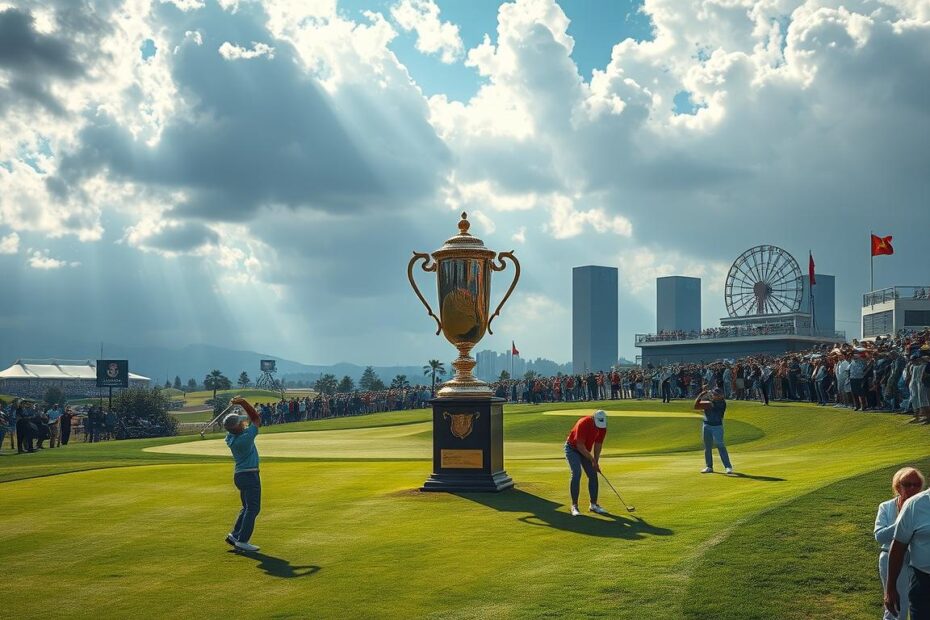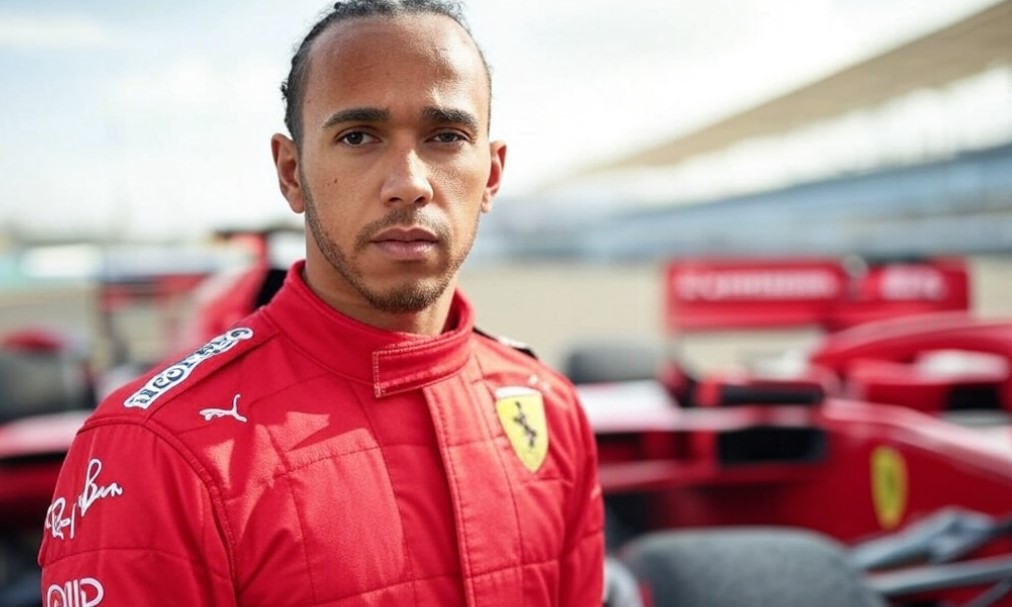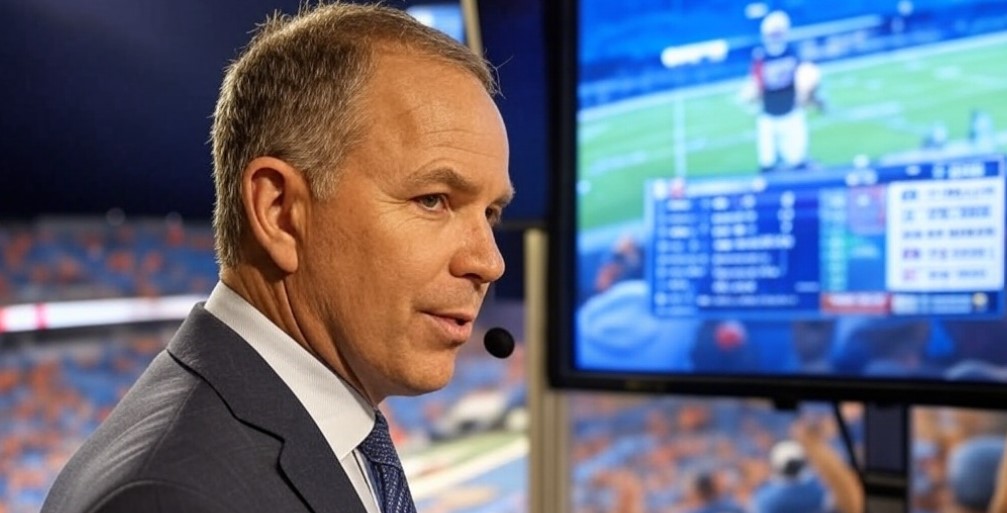The PGA Tour has been a big name in American men’s golf for decades. But, in 2021, LIV Golf Tour came along, shaking things up. This has made the prize money in men’s golf much higher, showing a tough financial battle ahead1.
The PGA Tour now faces new hurdles as rival leagues pop up. It’s key to understand these challenges to see what the future holds for golf. You might be curious about what these challenges are and how they’ll change the game.
Rival leagues have changed the PGA Tour’s old ways of doing things. The tour must now think about its relationships with sponsors, fans, and others. TV viewership has dropped by 20%, showing a big problem1.
Exploring golf, you’ll see the PGA Tour’s challenges are deep and varied. They need a strong grasp of the sport and its people. What are the main hurdles for the PGA Tour with new leagues, and how will they adjust?
Overview of the PGA Tour’s Landscape
The PGA Tour has a long history, starting in 1934. It has been the top league in American men’s golf2. But, new leagues like LIV Golf have changed things, drawing stars like Jon Rahm and Tyrell Hatton2. This change is big for the PGA Tour’s future.
The PGA Tour’s world is shaped by its past, with legends like Arnold Palmer, Jack Nicklaus, and Tiger Woods3. Sponsorships, from big names like FedEx and Coca-Cola, have been key to its success3. Sponsorships help keep the Tour’s quality high and bring in the best players.

The rise of rival leagues has changed the golf world4. The PGA Tour must adjust to meet the needs of players, sponsors, and fans. Knowing its history and key figures helps the Tour stay strong against growing competition.
Emergence of Rival Leagues
The golf world has seen big changes with the start of rival leagues like LIV Golf. It has drawn in stars like Phil Mickelson and Dustin Johnson5. This has made people question if the PGA Tour’s old ways are outdated and need a change.
Looking at why these rival leagues are growing is key. They offer new formats and big prizes, attracting top players. This has ushered in a new age of professional golf rivalries. The PGA Tour must now compete with these new leagues for attention and talent, showing the6 need to adapt.

LIV Golf’s rise has also caused some players to switch sides, even with big offers from the PGA Tour7. As golf keeps changing, rival leagues will shape its future, including the5 rivalry between the PGA Tour and others.
Financial Implications of Competition
The rise of rival leagues in golf has big money talks for the PGA Tour. The competition is tough, with LIV Golf drawing players with big signing fees and prizes. For example, each event has a $25 million prize, with $4 million for the winner and $5 million for the top three teams8.
This shift in the golf market has the PGA Tour worried about making money and keeping players. The PGA Tour’s viewership has dropped, falling to 2.2 million outside of major events in 20249. This loss in viewers affects the PGA Tour’s income, including sponsor and broadcaster deals.
The PGA Tour needs to adjust to the new golf market. It must stay competitive against leagues like LIV Golf, which spends over $20 million on each event8.

Player Perspectives and Decision-Making
As the golf league rivalry grows, players face tough choices about their loyalty to the PGA Tour. The rise of rival leagues like LIV Golf poses big threats to the PGA Tour. LIV Golf has lured 48 players, while the PGA Tour has about 200 members10.
Players’ reasons for staying with the PGA Tour vary. Some, like Tiger Woods and Rory McIlroy, value its tradition and prestige. Others, like Phil Mickelson and Dustin Johnson, have joined LIV Golf for its big prizes and team play. Switching leagues is a big decision, affecting their careers for years to come. Around 50 players suspended for joining LIV might get back on the Tour10.

Players must deal with the ups and downs of the PGA Tour and its rivals. LIV Golf’s rise means more competition for the PGA Tour. This could make golf more exciting but also threatens the PGA Tour’s business. For more on the PGA Tour’s history and its response to rivals, check out this link or this page for updates on the golf league rivalry11.
Fan Engagement and Audience Reach
The golf industry is getting more competitive, with rivalries among pros growing. Fan engagement and reaching more people are key for golf leagues’ success. Today, golf fans are younger and more diverse12.
The average age of golf fans is going down, and more women are becoming fans13.
Technology is vital for connecting with fans. Live streaming, social media, and virtual reality make the fan experience better. Rival leagues like LIV Golf are drawing in new fans with their fresh formats and social media presence14.
The PGA Tour needs to find ways to connect with this new audience. It must use technology and social media to reach more people.

To keep up with golf news, visit golf news websites. They offer expert analysis, betting odds, and highlights. The PGA Tour’s ability to adapt and engage with fans will be key to staying competitive12.
The golf industry’s competition is driving innovation and change. As rivalries intensify, it will be interesting to see how the PGA Tour and other leagues respond. They will need to adapt to stay relevant in the market13.
Regulatory and Governance Challenges
The PGA Tour is dealing with big challenges from rival leagues like LIV Golf15. They need to keep the game fair and its integrity strong. At the same time, they’re working on the Player Impact Program to help players16.
This program aims to increase payouts and help players who miss cuts16. But, they also have to think about the legal side of things. This includes talent contracts and the role of governing bodies in golf.
The PGA Tour’s response to rival leagues is key15. They have to balance their own goals with fair competition and follow the rules. The European Court of Justice has looked into how competition laws apply to sports bodies like the International Skating Union and FIFA16.

The Tour must make sure their governance is strong and follows the rules8. This means dealing with the legal side of talent contracts and the role of governing bodies. By tackling these challenges, the PGA Tour can stay at the top of golf and handle the impact of rival leagues15.
Market Positioning and Branding
The PGA Tour must think about its market position and branding. This is because rival leagues like LIV Golf are growing, focusing on innovation and excitement17. To stay ahead, the PGA Tour needs to keep its fans loyal while drawing in new ones and sponsors. It can do this by investing in digital media, improving the fan experience, and highlighting its rich history and tradition.
In the golf world, keeping top players and increasing competition for better pay is key18. The PGA Tour has introduced a new competition system in the last year. It has eight big-money events with limited fields and no cuts18. But, players outside the top 50 in the FedEx Cup rankings might not get into these events, affecting their earnings18.
Media coverage also plays a big role in how leagues are seen. The PGA Tour must keep a good image and reputation, facing off against rival leagues17. By managing its market position and branding well, the PGA Tour can stay competitive and tackle the challenges it faces.

Effects on Sponsorship and Partnerships
The rise of rival leagues has shaken the PGA Tour’s sponsorship scene, bringing PGA Tour business threats. Now, the Tour faces stiff competition from LIV Golf for sponsorships. Brands weigh factors like audience size, brand fit, and investment returns6. Aligning with golf’s values and traditions is key for sponsors.
LIV Golf has snagged big sponsors, like Saudi Arabia’s Public Investment Fund6. This has pushed the PGA Tour to find new ways to keep sponsors. They’re focusing on unique marketing and better fan experiences. The 
To tackle these issues, the PGA Tour needs to show its dedication to social causes and community. They must also highlight the perks of working with a respected name19. This approach can help the Tour stay ahead in the golf world.
Global Expansion of Golf
The global growth of golf is a big challenge for the PGA Tour and its rivals. Thinking about new markets is key. Rival leagues like LIV Golf plan to grow in Asia and Europe20.
The PGA Tour faces stiff competition globally. It needs to attract fans and players worldwide. To do this, it might follow the DP World Tour’s 38-tournament schedule from the Covid pandemic20.
Recent data shows the PGA Tour got a big investment for PGA Tour Enterprises21. Yet, the financial health of top golf tours is uncertain. The focus on short-term gains might harm their long-term stability21.

The PGA Tour must navigate its global growth carefully. Understanding rival leagues’ appeal and the need for a global fanbase is vital. This way, the PGA Tour can stay competitive and succeed in a changing golf world.
Economic Impact on Local Communities
The golf industry’s competition greatly affects local economies. PGA Tour events bring in millions, creating jobs and boosting growth. But, the rise of rival leagues like LIV Golf has changed this. It has made the PGA Tour rethink how it connects with local communities.
Professional golf rivalries have shaped local economies too. Top golfers make a lot from sponsorships, not salaries22. This model helps the PGA Tour give back to players, charities, and future tournaments.
Community Engagement Strategies
To deal with rival leagues, the PGA Tour needs strong community plans. It should work with local businesses, support charities, and highlight event benefits. This way, the PGA Tour can keep its ties with locals, ensuring its events stay strong.

The economic effect of PGA Tour events on local areas is key. As the PGA Tour faces rival challenges, it must focus on community ties. It needs to keep its relationships with local supporters.
Future of Competitive Golf
The future of competitive golf is uncertain. New leagues and tech are changing the game. The PGA Tour must adapt and innovate to stay ahead4. Merging with rival leagues could make golf more exciting for fans.
The PGA Tour has upped its payouts to keep up with LIV Golf. A £2.4 billion investment from Strategic Sports Group helped21. But TV viewership has dropped 19% in 2024, with Sundays averaging 2.2 million viewers21. LIV Golf’s big Saudi backing is a big challenge for the PGA Tour’s future21.

Understanding the PGA Tour and LIV Golf is key. They differ in income, media, and tournament styles10. The PGA Tour sticks to 72-hole tournaments, while LIV Golf has 54-hole team events10. As golf evolves, unity could mean more winnings and varied competition4. For more on streaming’s effect on sports, check out sports news.
Conclusion: Navigating a New Era in Golf
ThePGA Tournow faces a big challenge as rival leagues emerge23. It must deal with financial issues, player loyalty, and how to keep fans interested23. The Tour’s ability to adapt will decide its future.
To grow, the PGA Tour might focus on North America but also reach out globally23. It could partner with international golf groups to draw in new fans worldwide24. Or, it might try new formats and ways to make money to stay ahead.
The PGA Tour’s success depends on its ability to change and stay true to its values25. By balancing old traditions with new ideas, it can thrive in this new golf era24.




